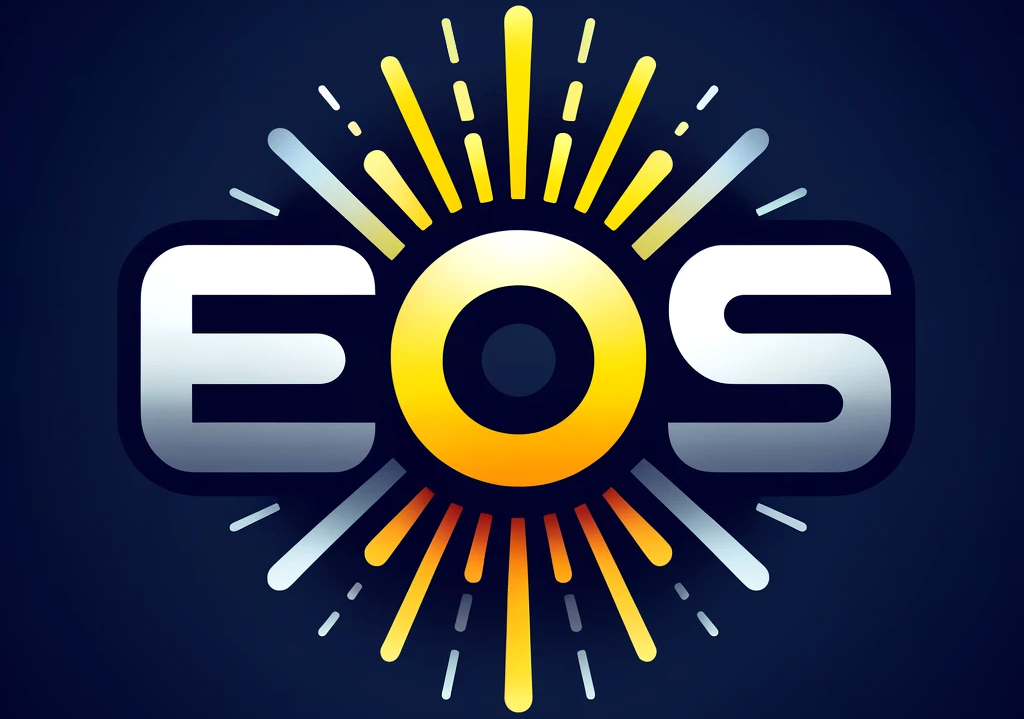Packages#
Code and resources in EOS are organized into packages, which are discovered and loaded at runtime. Each package is essentially a folder. These packages can contain laboratory, device, task, and experiment definitions, code, and data, allowing reuse and sharing. For example, a package can contain task and device implementations for equipment from a specific manufacturer, while another package may only contain experiments that run on a specific lab.

Using a package is as simple as placing it in a directory that EOS loads packages from. By default, this directory is called user and is located in the root of the EOS repository.
Below is the directory tree of an example EOS package called “color_lab”. It contains a laboratory called “color_lab”, the “color_mixing” experiment, and various devices and tasks. The package also contains a device client under common, and a README file.

Create a Package#
eos pkg create my_package
This command is a shortcut to create a new package with all subdirectories. Feel free to delete subdirectories you don’t expect to use.
